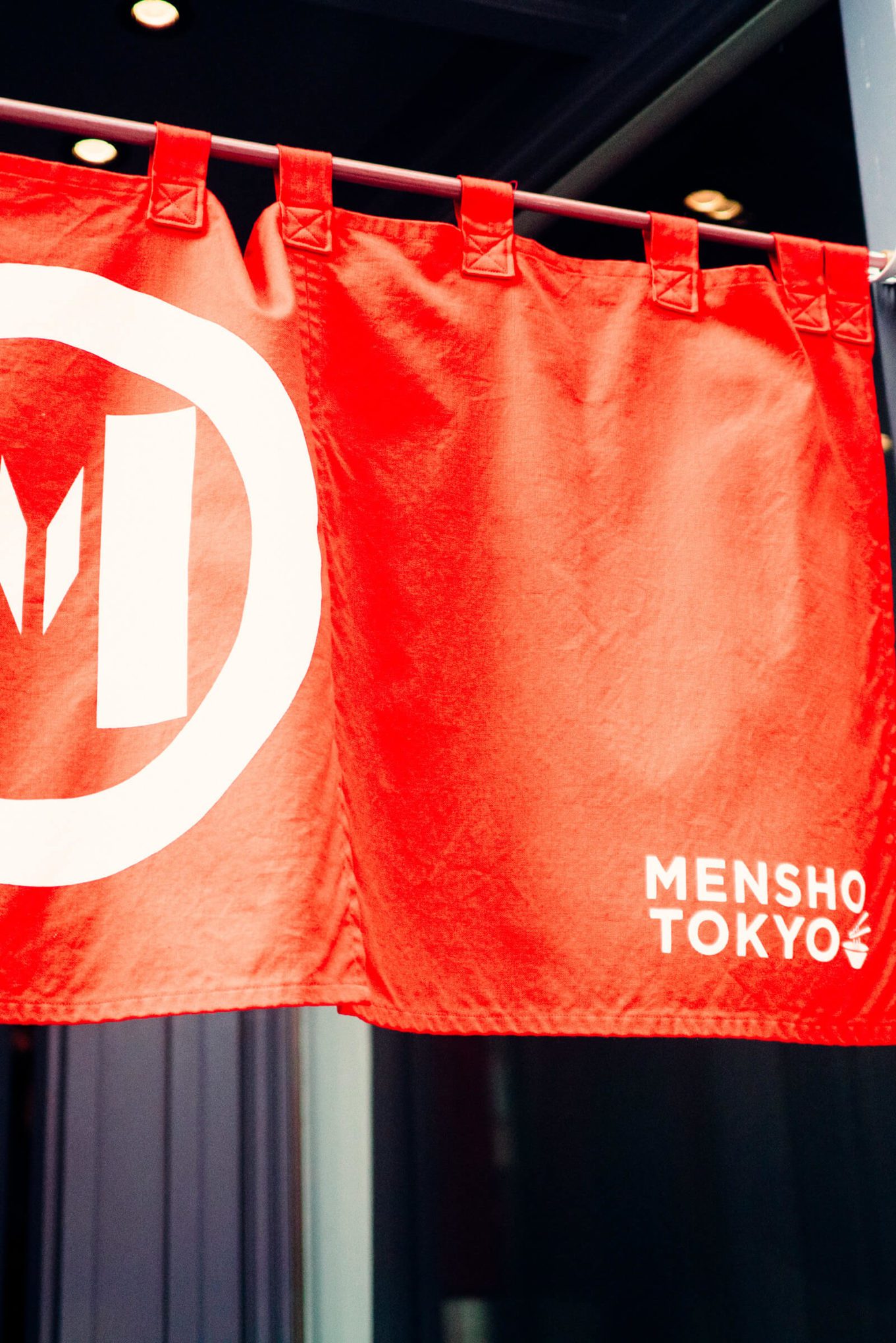

You may remember our visit to Mensho Tokyo a few months ago. It’s arguably the best ramen in San Francisco, and the lines to get in aren’t getting any shorter! We loved it so much, we had to go back. The chef and owner, Tomoharu Shono, was kind enough to invite us back when he was in town from Tokyo. We joined him in the kitchen to learn a little more about what makes his ramen so special.
As we learned, authentic ramen as five elements: soup, noodles, oil, tare, and toppings. Business partner Abram Plaut, an American now living in Tokyo, explained that while ramen looks simple, it is a gourmet food that takes years to master. It is very complex, and all five elements have to work together in harmony.


Mensho Tokyo’s ramen starts with fresh, handmade noodles. While there is space in the lower level of the restaurant to prepare noodles, the City of San Francisco would not issue a permit to use it, so the noodles are currently prepared at an offsite location according to Chef Shono’s instruction. Hopefully this (and some of the long lines) will be remedied soon, as the Mensho Tokyo team plans to open another location that can also supply noodles to both restaurants.


We watched as Chef Shono artfully prepared our favorite ramen on the menu (the vegan ramen) from start to finish. Just a few of the many ingredients that go into this masterpiece of a soup are his signature noodles, a delicious vegetable, kombu, schezwan pepper, and mushroom broth, edamame, smoked nuts, microgreens, and mushrooms (including porcini).


We also learned a few tips on ramen etiquette. In Japan, it is not improper to make noise when you eat. Slurping the ramen helps get some air into it and intensifies the flavor (similar to when you taste wine). There’s really no wrong way to eat your ramen, but you should enjoy your experience. It is, however, rude to dump sauce and spices onto the ramen without first tasting it. It’s also expected that you will sip the remaining broth from the bowl at the end. There is no takeout because ramen needs to be eaten immediately, otherwise the noodles get soft and the fat separates.

Finally, a few fun facts about ramen in Japan we learned from Plaut: There are over 10,000 ramen shops in the Tokyo metropolitan area and 3,500 in the city of Toyko alone. 300-400 new ramen shops open and close every year, so it’s entirely possible that one could eat ramen every single day of the year and never eat at the same restaurant twice.